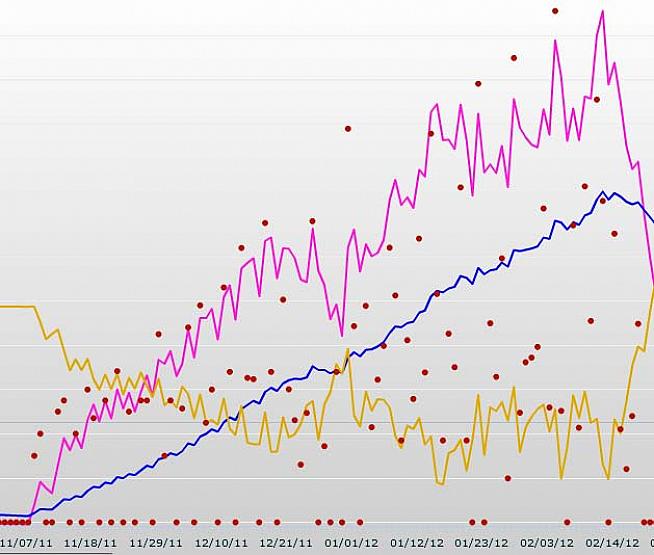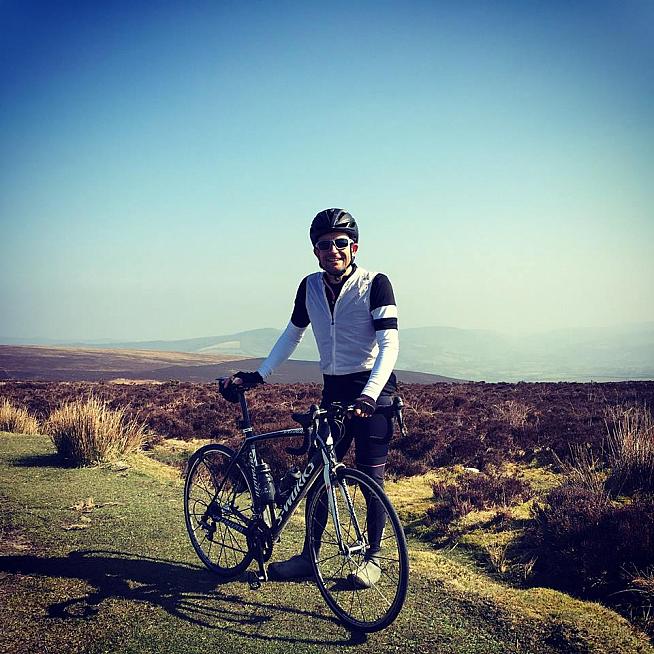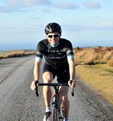With the start of the race and sportive season upon us, and feeling inspired to head out and race, it is crucial that you don't get carried away with training and forget to rest for all the events that you have planned in the coming season. A fit but tired rider will not perform to his or her potential. Adjustments to a training programme will need to be made to ensure that you are both fit and fresh for your race or sportive.
Riders who use Training Peaks or Strava Premium will have the benefit of a Performance Management Chart that will illustrate long-term fitness or Chronic Training Load, short term fatigue/freshness or Acute Training Load and Training Stress Balance or form. What we are aiming for is an optimal balance of fitness and freshness to produce Form for each event that we are taking part in.
Form = Fitness (high level of training) + Freshness (low level of fatigue)
It is a balance of hard work and rest - two seemingly conflicting priorities.
The skill is to adjust your training schedule so that you maintain a good level of fitness but have had enough rest to allow the body to build strength following a training block. We do this by tapering or reducing our training so that our Acute short term Training Load is falling relative to our Chronic long term Training load. In practice what this means is that the workouts completed in the last 14 days have to have caused less training stress than workouts completed 15 days ago and older. It is impossible to be both at peak long-term fitness and have a low level of fatigue.

In the graph above you can see that as this rider has reduced short-term training load (the pink line), his Training Stress Balance (the yellow line) has rocketed. You can also see that his long-term fitness (the blue line) has not fallen very far at all. This rider is fit and rested.
So how do we taper, and how long should we taper for? As a general rule, 7-10 days before your event, decrease your training volume by 50% but keep the frequency the same and intensity high. Lots of short sharp intervals on the turbo are good, as well as some short, high-cadence road rides. You are aiming to keep your metabolism firing whilst allowing your body to recover and rest.
Adjust your taper length depending on the intensity or duration of your event. Maybe counterintuitively you probably need to be more rested for a short and fast road race than you do for a medium distance endurance sportive. For long endurance sportives such as La Marmotte or L'Etape you probably will need a full 10-day taper.
If you are using Training Stress Balance then the absolute number may be less important than the recent trajectory. For example, when I am in a three-week training block my Training Stress Balance can range between -10/-60 so for my taper I am always starting to feel fresh with a slightly positive Training Stress Balance. If I take a full week off after a three-week training block my TSB can go from -60 to +30 and I will start to lose fitness fast if I take any more time off.

Tapering effectively will take a little practice and a little trial and error. If you do not have a Performance Management Chart you need to gauge your form on how you feel. How do your legs feel when you walk up the stairs? Heavy and aching, then you need more rest, light and springy then you are somewhat rested. But remember a taper does not mean sitting on the couch for days watching Sky Sports! Keep your training frequency the same, reduce volume by around 50% and keep intensity high.
If in doubt I would err on the side of rest. I would rather go into a big event a little too rested than a little too tired. On your taper road rides don't push it for longer than you feel good for. If you are doing some turbo intervals finish as soon as the quality drops. As I said in my Reach Your Potential for High Performance blog post last week the training creates the OPPORTUNITY for a big gain in fitness and great race or event results. To realise that opportunity you need rest and recovery to allow the body to adapt.
Rob Wakefield is a fully qualified Level 3 Cycling Coach with the Association of British Cycling Coaches and founder of Propello, a cycling focused health and fitness business delivering Performance Training Programmes and Bespoke Coaching to cyclists anywhere in the world.
All cyclists who are looking to improve their speed, endurance or strength will benefit from a structured training programme. Propello Training will improve how your muscles, lungs and heart work and will enable your body to transport and utilise fuel effectively - making you faster and stronger for longer.
Click here to learn more about Propello.
3 Comments





